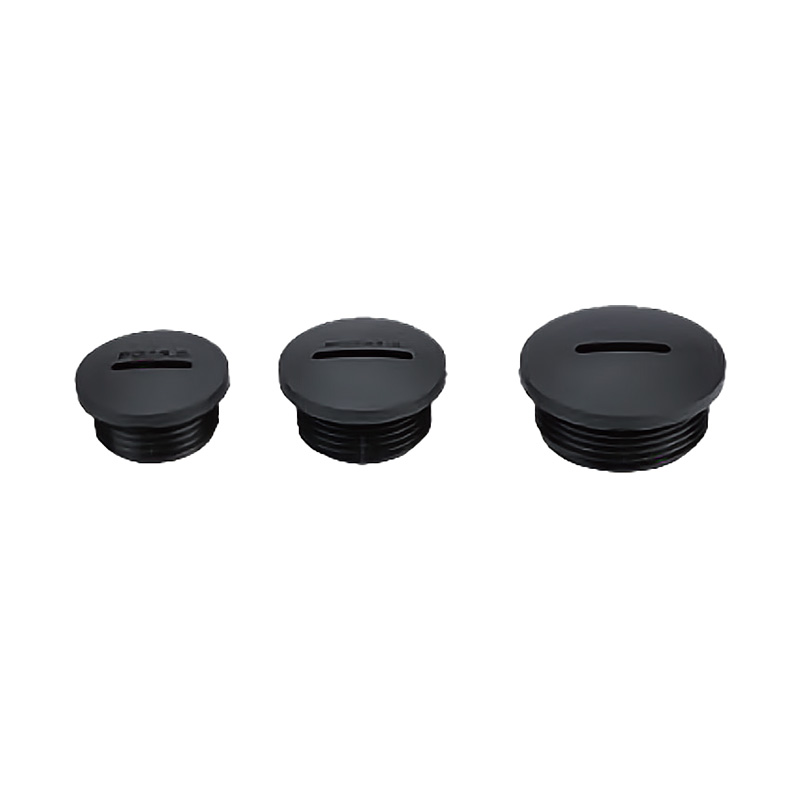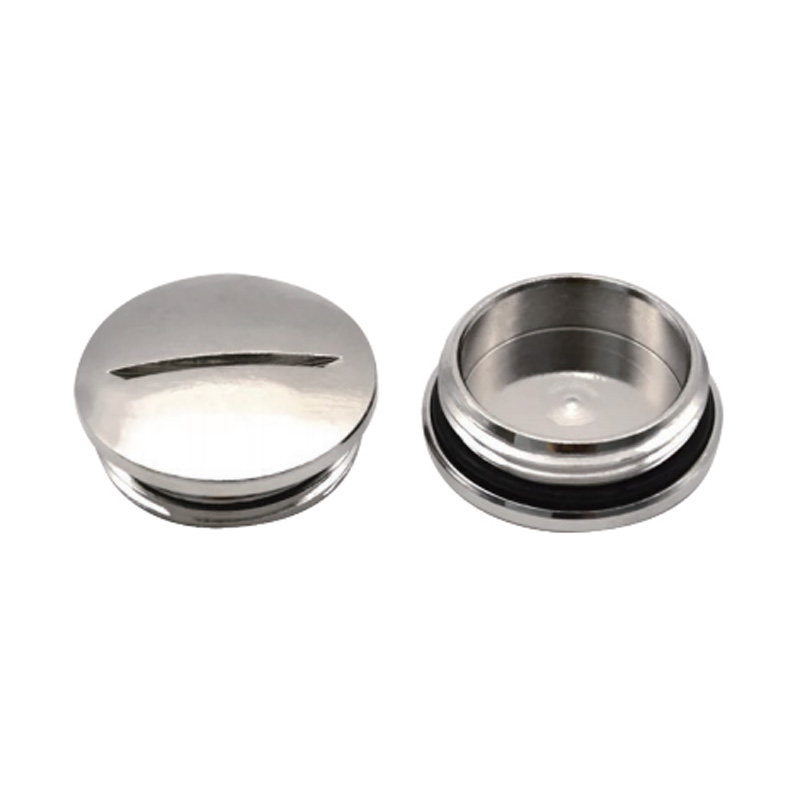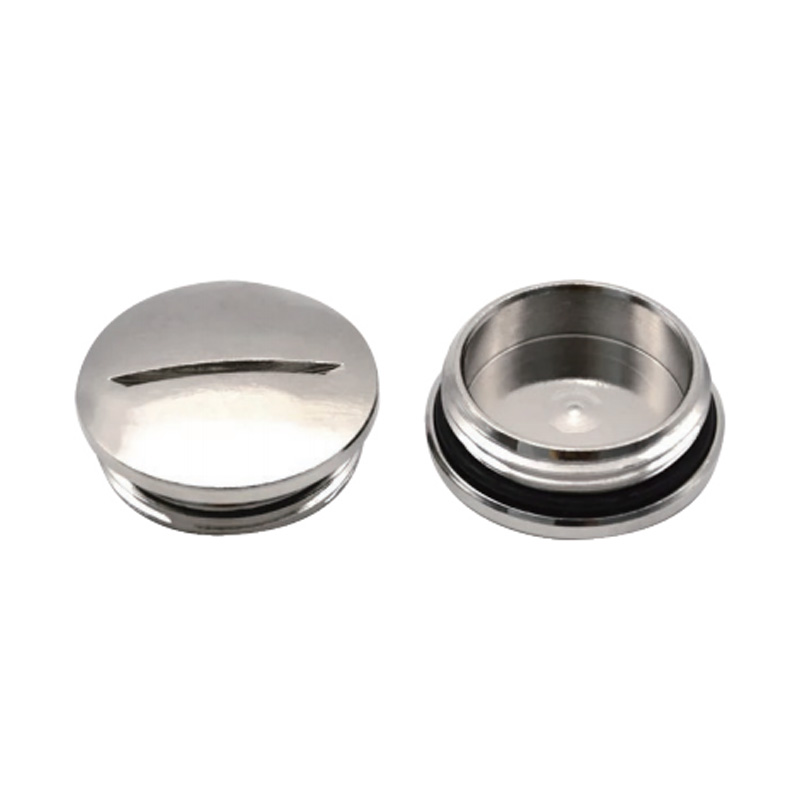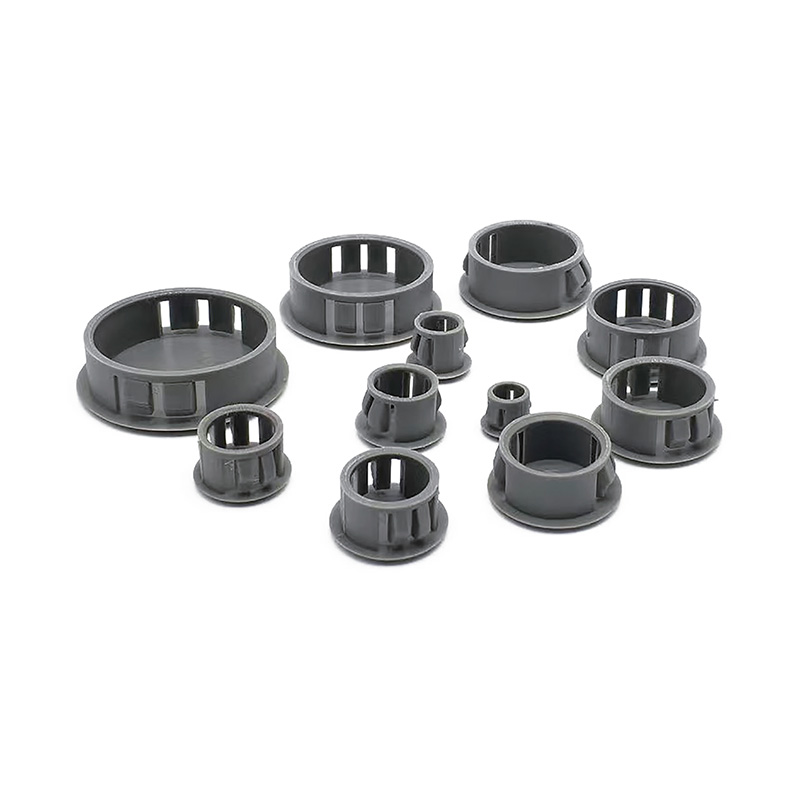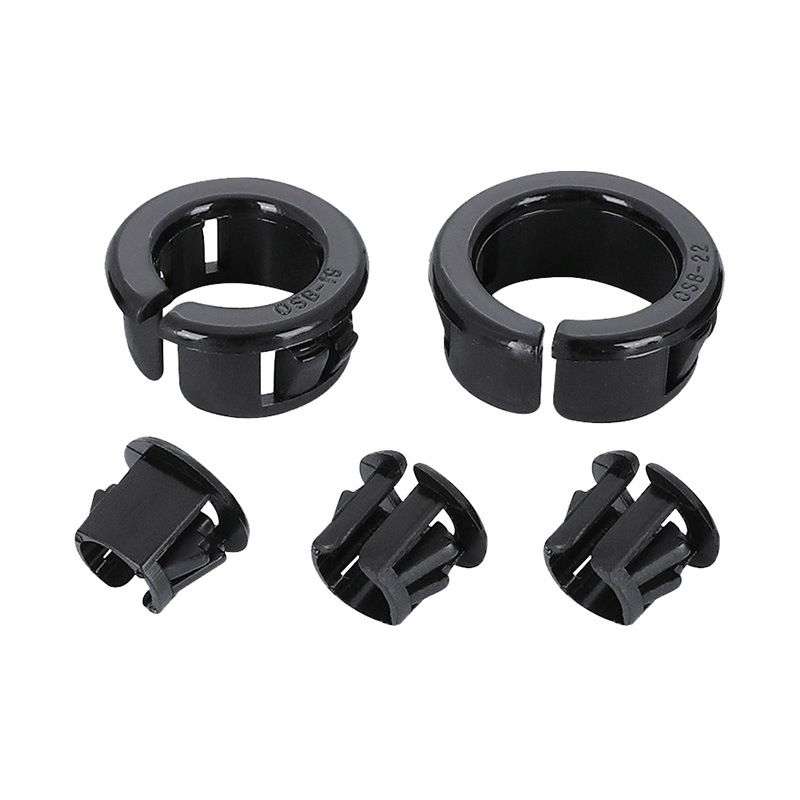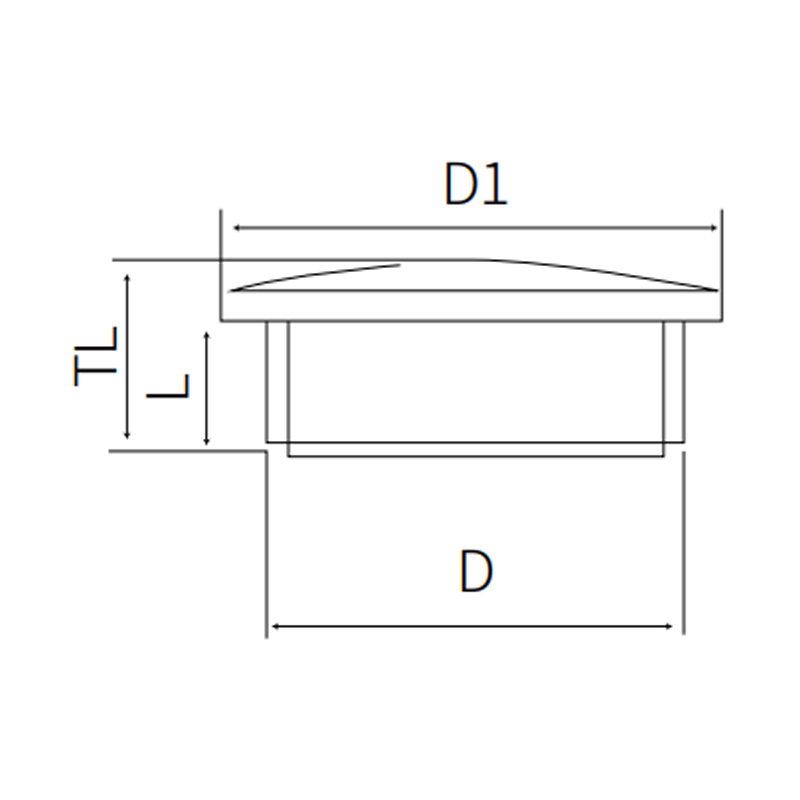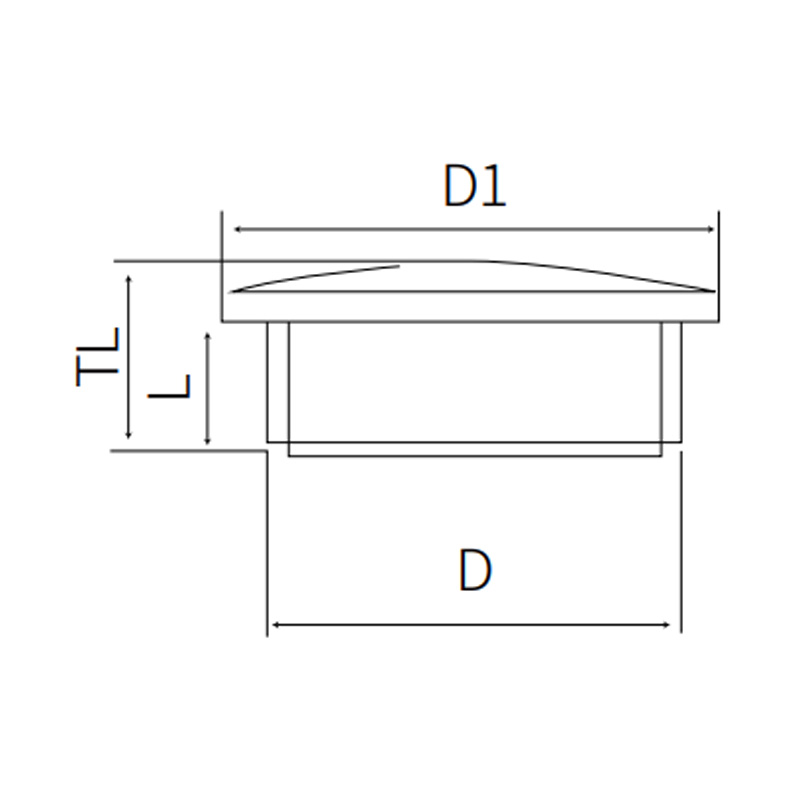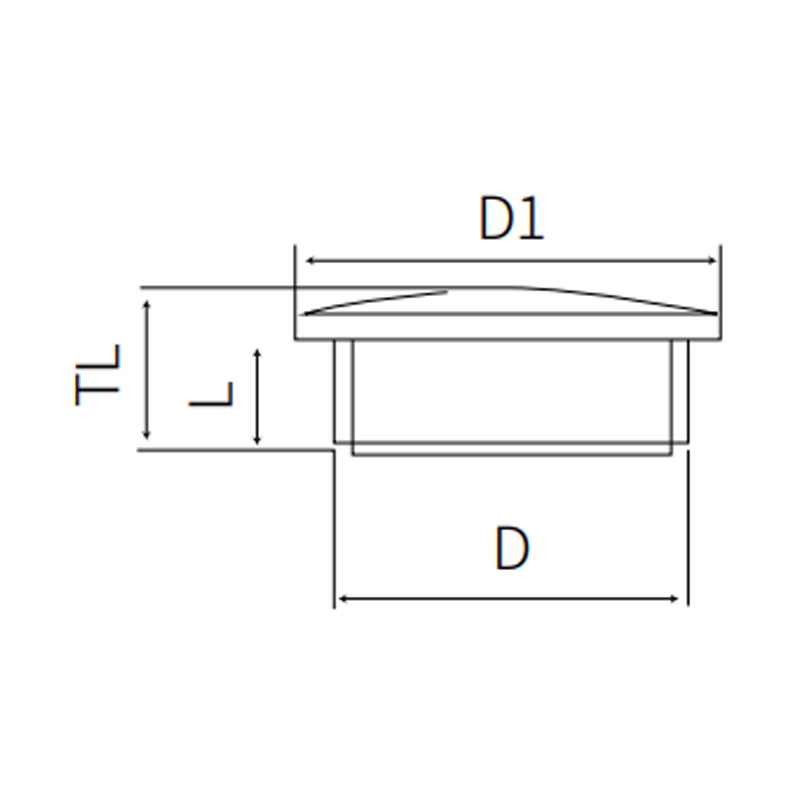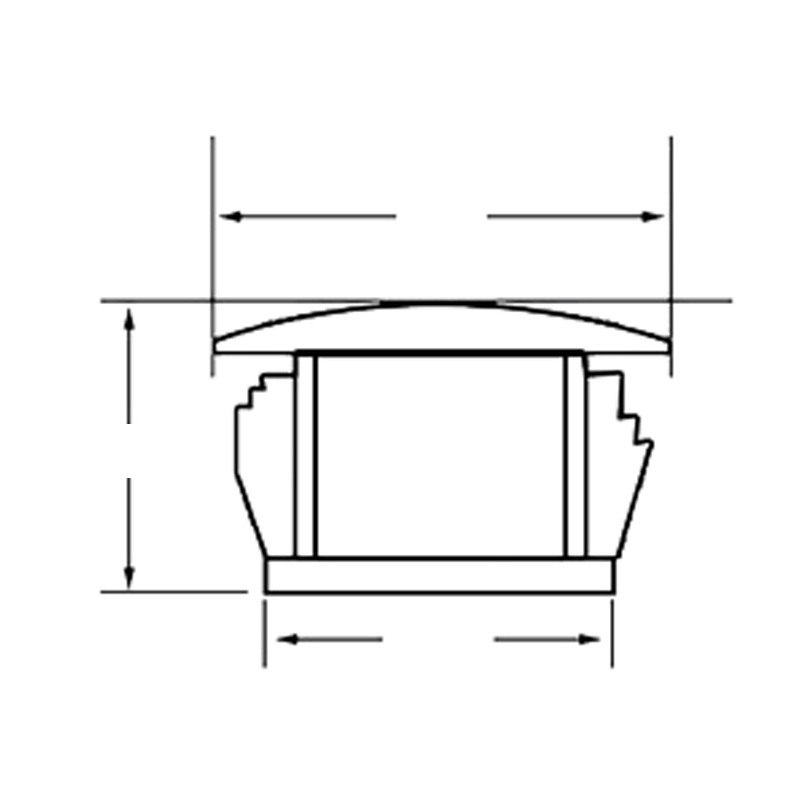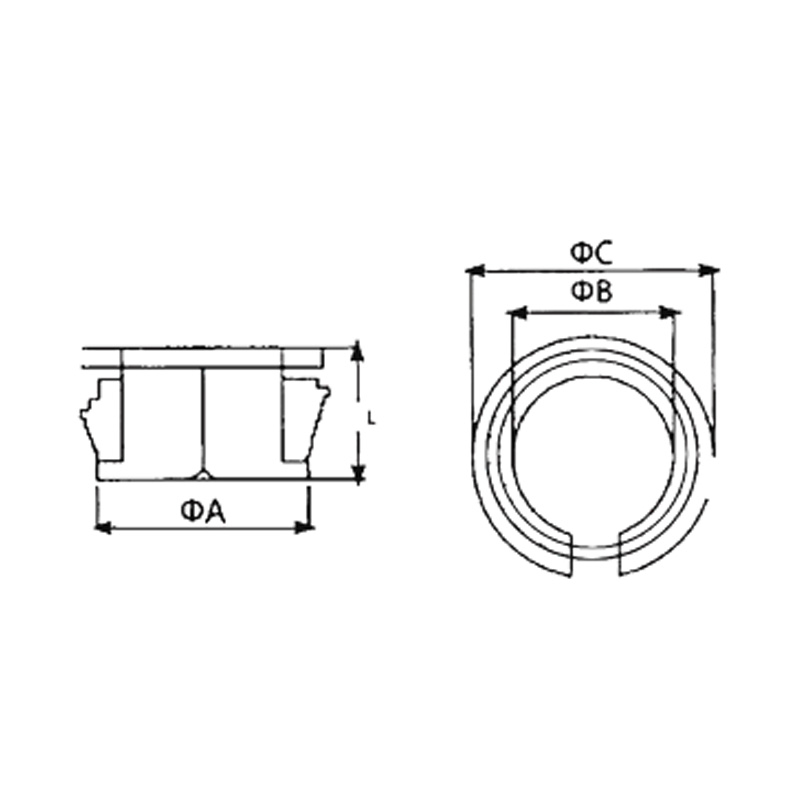Understanding and selecting the correct IP rating is essential when choosing a Waterproof Junction Box or Waterproof Distribution Box. It ensures safety, reliability, and long-term...
READ MORE-
-
Outdoor electrical installations face unique challenges that require specialized components to ensure their reliability and safety. Among the more important components are metal ca...
READ MORE -
Durability is a key factor when designing and maintaining electrical systems. With so many environmental challenges that electrical installations face—such as excessive temperature...
READ MORE -
Safety compliance is not just about adhering to regulations; it’s about protecting people, equipment, and infrastructure from the risks of electrical hazards. Electrical fires, sho...
READ MORE
Industry Knowledge Extension
How are Hole Plugs Installed? A Guide to Simple yet Secure Sealing
The installation of hole plugs, while seemingly straightforward, is a critical process that ensures a secure, reliable, and often permanent seal. The method varies significantly depending on the plug type, the material of the host part, and the intended function (e.g., aesthetic cover versus high-pressure seal). Understanding the correct installation technique is paramount to achieving the desired result. The process can be broken down into three key methodologies.
Press-Fit Installation (The Common Method)
This is the standard method for push-in plastic and rubber plugs, such as those used to cover unused screw holes in consumer products or panels. The plug is designed with an outer diameter slightly larger than the hole's inner diameter. This creates an interference fit. To install, the plug is simply aligned with the hole and pressed firmly into place by hand, with a mallet, or using an automated press. The plug’s flexibility, often aided by ribs, fins, or a tapered design, allows it to compress slightly upon insertion. Once seated, the plug expands back, gripping the hole’s walls tightly through friction and elastic recovery. This method is prized for its speed and tool-less simplicity, requiring no additional components like screws or adhesives.
Threaded and Twist-Lock Installation
For applications requiring a more robust, reusable, or vibration-resistant seal, threaded plugs are the solution. This category includes metal and plastic screw hole plugs. Installation involves aligning the plug’s external threads with the internal threads of the tapped host hole. The plug is then rotated clockwise, typically by hand or with a driver (screwdriver, hex key, or socket wrench), until it is fully seated and hand-tight. Some advanced plastic designs, like quarter-turn or bayonet-style plugs, involve aligning lugs and giving a short twist to lock them securely under a flange. This method provides a mechanically strong connection that can withstand significant internal or external pressure and can be easily removed for access without damaging the plug or the host material.
What are the Main Production Steps of Plastic Screw Hole Plugs?
The manufacturing of plastic screw hole plugs is a precise engineering process, primarily utilizing injection molding to create high-volume, consistent, and cost-effective parts. This process transforms raw plastic resin into a finished, functional component through a series of controlled steps.
Step 1: Material Preparation and Mold Clamping
The process begins with the selection of the appropriate thermoplastic material, such as Nylon, Polypropylene, or ABS, based on the required properties like chemical resistance, temperature tolerance, and flexibility. This raw material is supplied in the form of small pellets. These pellets are fed from a hopper into the barrel of the injection molding machine, where they are heated and compressed by a reciprocating screw until they melt into a viscous liquid. Simultaneously, the two halves of a custom-made, precision-machined steel mold are hydraulically clamped together under high pressure to withstand the immense force of the incoming molten plastic.
Step 2: Injection, Cooling, and Ejection
The molten plastic is now injected at high speed and pressure into the sealed mold cavity through a sprue and runner system. The cavity is a negative impression of the final plug, including all its features—external threads, drive style (e.g., Phillips, hex), sealing ribs, and branding. Once the cavity is filled, pressure is maintained momentarily in a phase called “holding” to pack more material in and prevent shrinkage and sink marks. The material is then allowed to cool and solidify inside the water-cooled mold. After the designated cooling time, the mold opens, and ejector pins push the finished plug, along with its attached runner system, out of the mold. The parts are then separated from the runner (which is often reground and recycled), inspected for quality, and packaged for shipment.
What is the Purpose of Metal Sealing Plugs?
Metal sealing plugs are engineered components designed for demanding industrial applications where plastic plugs would be insufficient. They provide robust, reliable, and long-lasting solutions for sealing access and inspection ports, test points, and fluid systems. Their purposes extend far beyond simple hole covering, serving critical functional and safety roles.
1. Pressure and Fluid Containment
The primary purpose of many metal plugs, especially pipe plugs and expansion plugs, is to create a hermetic seal capable of withstanding internal pressures and temperatures. They are used to permanently or semi-permanently seal off ports in hydraulic systems, engine blocks, oil galleries, and compressed air or fluid pipelines. Made from metals like brass, stainless steel, or carbon steel, and often paired with a sealing thread tape or compound, these plugs prevent dangerous and costly leaks of liquids or gases, ensuring system integrity and operational safety under conditions that would compromise plastic alternatives.
2. Environmental Protection and Contamination Prevention
Metal plugs act as a formidable barrier against harsh external environments. They seal openings to prevent the ingress of contaminants such as dirt, dust, moisture, and chemicals into sensitive machinery or electronic assemblies. For example, a threaded stainless steel plug in a marine application protects internal components from corrosive saltwater. In the food, pharmaceutical, and chemical processing industries, specific grades of stainless steel plugs are used because they are non-porous, easy to sterilize, and resistant to corrosive cleaning agents, thus preventing product contamination and ensuring compliance with strict hygiene standards.


 English
English 中文简体
中文简体 Español
Español عربى
عربى

